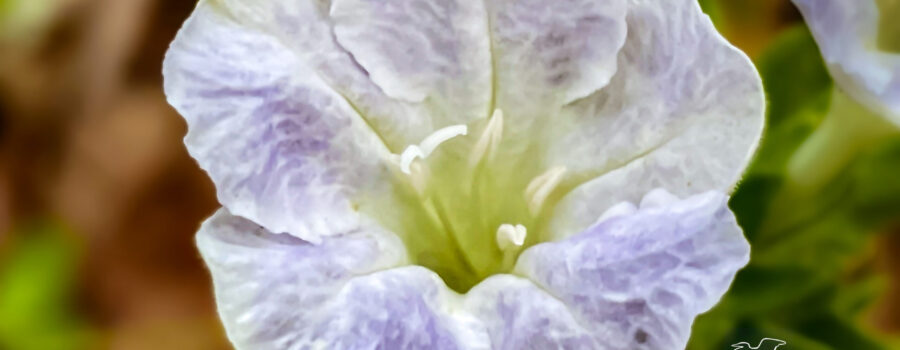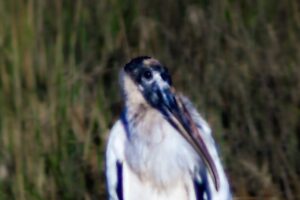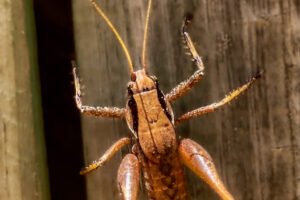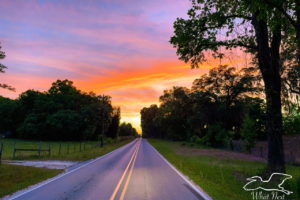Another Classic Southern Flower is the Beautiful Carolina Wild Petunia

There are plenty of wildflowers blossoming right now and among them are the Carolina wild petunias (Ruellia caroliniensis). Some, like the Carolina jessamine and the Drummond’s phlox, last for just a short part of the year. Carolina wild petunias, though, produce a few flowers each day, but they continue to bloom from early spring until well into the fall. For this reason, many people really like them both as wildflowers and in gardens. Another reason that gardeners love these flowers is that they are very easy to grow and are susceptible to very few diseases. They do best in direct sunlight, but they will grow in partial shade or even full shade (although they don’t flower well in full shade). They like moist, well drained soil like sand or loam, and once established they are quite drought tolerant. They also grow well both from seeds and from clippings.

Carolina wild petunias are native to the southeastern United States from Pennsylvania to Florida and as far west as Texas. They should not be mistaken for ornamental petunias, which are members of the genus Petunia. Also, do not mix them up with Mexican petunias (Ruellia simplex), which are not native to the United States and are considered highly invasive. Many nurseries sell seeds of both plants, so please make sure you purchase the right ones. Besides producing beautiful flowers for most of the year, Carolina wild petunias are also very attractive to many pollinators including bees, wasps, butterflies, hummingbirds, and bats. Their leaves also support the caterpillars of at least two butterfly species, the common buckeye and the white peacock.

Since Carolina wild petunias like sand and sun they do very well up in the sandhills. They are also frequently found in the pine flatwoods, mesic hammocks, along roadsides, in pastures, and in other disturbed areas. Like the beeblossom flowers, there seem to be more of these wild petunias than usual this year. I’m sure it’s due to our current drought situation which as seriously decreased some of our most common springtime species that are much more rain dependent. These particular flowers were growing along the road near my house, but I have also seen them near my office and out along the trails in Gothe State Forest. It’s interesting to see how certain species do better when others do poorly. Each year there are different conditions and different species thrive.






Recent Comments